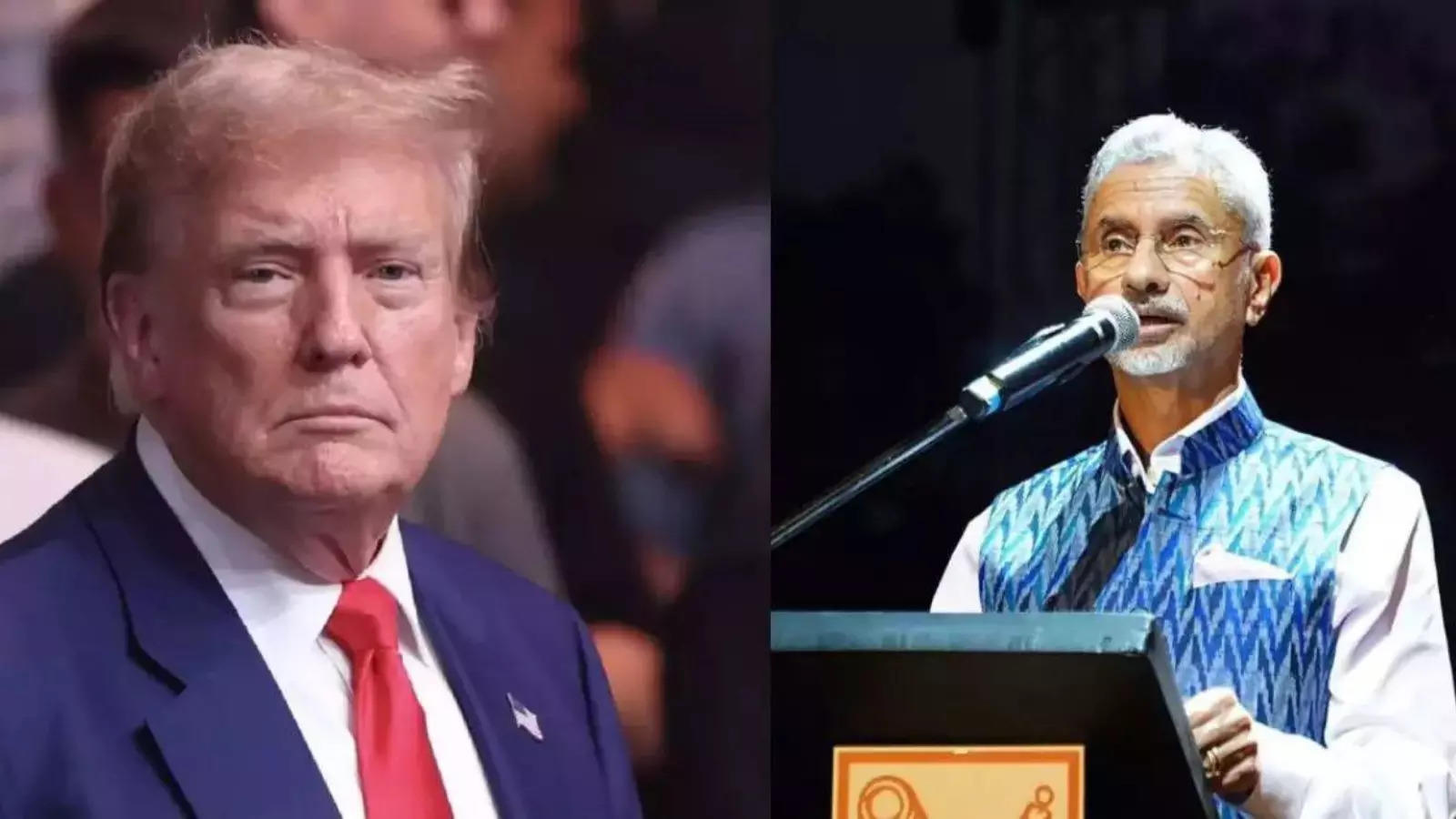In a significant diplomatic move that has sent ripples across the global political landscape, External Affairs Minister Dr. S. Jaishankar's recent meeting with US Secretary of State Marco Rubio has underscored the deepening US-India partnership. This high-stakes encounter, occurring on the sidelines of the Quad meeting, wasn't just a polite exchange; it was a powerful statement of intent, signaling a bold new chapter in the bilateral relationship. Get ready to dive into the details of this pivotal meeting and discover what it means for the future of global power dynamics!
A New Era of US-India Cooperation: Bold, Bigger, and More Ambitious
The meeting between Dr. Jaishankar and Secretary Rubio marked the latter's first official bilateral engagement since assuming office. This timing was deliberate and symbolic, underlining the Trump administration's, and now, the current administration's continued prioritization of the US-India partnership. Dr. Jaishankar's remarks highlighted the shared desire for a more 'bold, bigger, and more ambitious' relationship. This isn't just diplomatic jargon; it reflects a tangible shift toward concrete actions and collaborative projects.
Shared Priorities: Strengthening Regional Security and Global Challenges
The discussion went beyond pleasantries. Both sides expressed a robust commitment to tackling regional and global challenges collaboratively. This includes intensifying cooperation within the Quad framework. The emphasis on the Quad underscores the growing importance of collective security in the Indo-Pacific region, and a desire to create a unified front against common adversaries. Dr. Jaishankar highlighted a strong sense that the current administration mirrors India's ambition to empower the Quad further and ramp up its initiatives. It's not just a promise; it's an actionable strategy aimed at ensuring peace and prosperity within a strategically vital part of the globe.
A Foundation Built on Trust and Shared Interests: A Look Back and Forward
The minister also rightly pointed out the foundational steps taken by the previous administrations in establishing a strong base of trust between both countries. This strong trust serves as the bedrock upon which future strategic initiatives are built. It's not just about immediate outcomes, but constructing a lasting, collaborative partnership capable of meeting both countries' long-term strategic goals. This focus on shared goals, a high degree of convergence in interest, will further facilitate future partnerships on a multitude of important global initiatives and strategic ventures. Building a relationship on shared values paves the way for efficient and collaborative outcomes, further driving global cooperation.
Emerging Technologies and Indo-Pacific Vision: The Focus Areas
While broad in scope, the talks included targeted focus on critical areas such as emerging technologies, defense cooperation, and the shared vision of a free and open Indo-Pacific region. The collaborative spirit on the subject of emerging technologies demonstrates the shared understanding of technological development's vital role in global affairs, as well as shared goals on how these advances can be developed and implemented.
Defense Cooperation and Regional Stability
The defense collaboration aspect is pivotal to ensuring regional stability and deterring aggression. It is a testament to shared priorities, strengthening defenses against regional challenges, while also providing economic opportunities for both nations. The need to create a lasting impact through mutual cooperation and building a common vision is at the forefront.
The Free and Open Indo-Pacific Vision: More Than Just Rhetoric
The 'Free and Open Indo-Pacific' is more than just a slogan; it’s a guiding principle that shapes the partnership's strategic goals and informs collaborative actions. It ensures security and growth across the region through mutual and open communication and collaborative efforts.
The Indian American Community's Impact
Finally, the role of the Indian American community cannot be overlooked. This community is integral to fostering stronger ties between the nations. The presence of several Indian-Americans in the US Congress vividly demonstrates their profound impact on US-India relations.
Indian-American Influence on Policy Shaping
The influence of Indian-Americans on policy making serves to act as a powerful bridge connecting both nations, helping to create meaningful and important legislative change at both local and federal levels. The increasingly integral role this community plays highlights that strong diplomatic partnerships need to utilize all levers and available networks. By building relationships with various communities, diplomatic progress can be further cemented.
Take Away Points
- The Jaishankar-Rubio meeting signifies a strengthened and ambitious US-India partnership.
- This renewed focus emphasizes cooperation on global challenges within the framework of the Quad and beyond.
- Emerging technologies, defense cooperation, and a shared vision for a free and open Indo-Pacific region define the core areas of cooperation.
- The significant role of the Indian American community cannot be discounted in furthering this crucial partnership.




